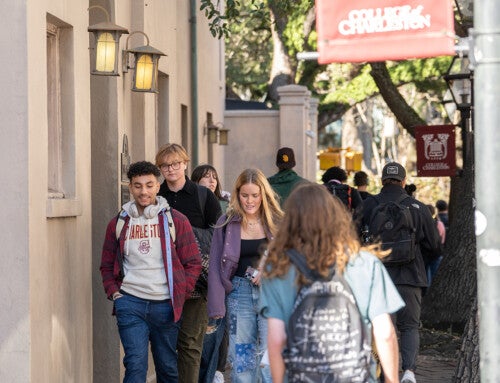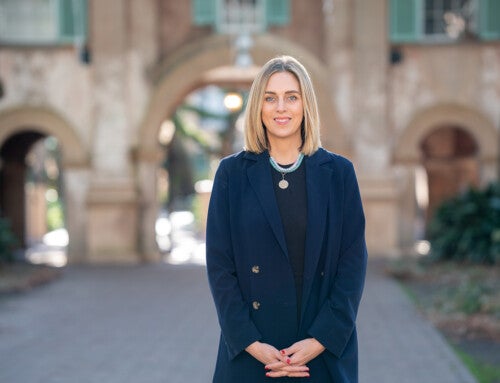College of Charleston faculty member Dale Rosengarten has co-curated a ground-breaking exhibition that will appear at the National Museum of African Art, Smithsonian Institution, in Washington D.C. this summer and fall. Curated with Enid Schildkrout, of the Museum for African Art, in New York, Grass Roots: African Origins of an American Art, is a traveling exhibit of more than 200 objects that explores the history and contemporary practice of coiled basketry in both Africa and the American South. Grass Roots opens at the Smithsonian on June 23 and runs through November 28, 2010. In April 2011, it will move to the Museum for African Art’s new quarters on Duke Ellington Circle at 110th Street and 5th Avenue in New York City.
In addition to baskets, Grass Roots features African sculptures, paintings from the Charleston Renaissance, historic photography, and new video. The exhibition demonstrates how a humble market basket or a coiled grass tray used for winnowing rice may be viewed simultaneously as an object of use, a container of memory, and a work of art.
While the need for agricultural forms has declined on both sides of the Atlantic, the art of basketry continues to be passed down from generation to generation. In South Carolina and Georgia, as in many parts of Africa, talented basket makers invent forms, experiment with new materials, and perfect the techniques they have learned from their parents and grandparents. The exhibition includes baskets made by contemporary African and American basket makers as well as historic examples, some dating to the early 19th century, from both African villages and Lowcountry rice plantations.
“For me,” says Rosengarten, “Grass Roots is the culmination of 25 years of research into Lowcountry basketry—the oldest African-inspired art in America. This tradition has become emblematic of Gullah/Geechee culture, while its best practitioners are recognized as world-class artists.”
Rosengarten, a curator and historian in Special Collections at the College of Charleston Addlestone Library, is a co-editor and contributor to the exhibition catalog, Grass Roots: African Origins of an American Art. In 1997, she completed a Ph.D. dissertation at Harvard University entitled “Social Origins of the African-American Lowcountry Basket” that examined the African origins of a three-centuries-old South Carolina tradition. This research grew out of an earlier project for USC’s McKissick Museum that resulted in the 1986 exhibition, “Row Upon Row: Sea Grass Baskets of the South Carolina Lowcountry.”
One of the world’s leading African ethnographers, Dr. Schildkrout, is chief curator and director of exhibitions and publications at the Museum for African Art (MfAA), in New York City. One of the world’s leading African ethnographers, Schildkrout previously served for 25 years as curator and head of anthropology at the American Museum of Natural History, in New York.
Grass Roots was organized by the Museum for African Art in cooperation with the Special Collections (Addlestone Library) and the Avery Research Center for African American History and Culture at the College of Charleston, the Sweetgrass Cultural Arts Festival Association, and McKissick Museum at the University of South Carolina. The exhibit opened at the Gibbes Museum of Art in August 2008, and traveled to the National Underground Railroad Freedom Center, Cincinnati, the Fowler Museum at UCLA, and back to McKissick Museum in Columbia, South Carolina.



